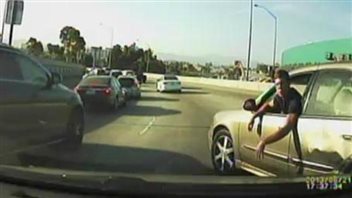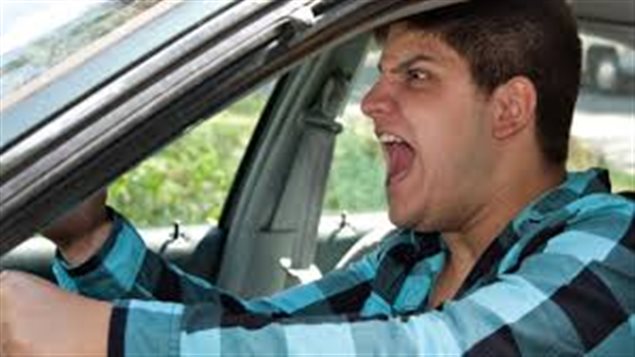Let’s face it. Road rage drives us all crazy.
Somebody cuts us off, tail gates us, leans on the horn, whatever. We can go absolutely nuts.

To make matters worse, statistics show road rage increases in the summer, and there’s an federal election coming this fall, and as every Canadian knows, a general election means more infrastructure money. That means means more road crews, traffic jams and detours. And that means….well, you get the picture.
Maybe it all has an upside, at least for those who might fancy themselves on the path to enlightenment.
It’s probably just a matter of repeating–again and again–our road rage mantra, “It’s not what happens to me, it’s how I respond. Be Awake!”
Trouble is, “Being Awake” on the road is a whole lot tougher than sitting cross-legged on the meditation cushion.
Unhappily and far too often, all that sublimated anger we’re carrying gushes to the surface. We make absolute fools of ourselves.
Nearly eight in 10 Canadians admitted in a 2012 Leger Marketing poll to exhibiting driving behaviours that could be deemed as road rage, with the most common aggressive behaviours being speeding, profanity and lewd gestures.

For more insight on road rage and it’s ill effects, I called Pierro Hirsch, a man long fascinated by how drivers learn to control their vehicles and to navigate through traffic.
Hirsch, who holds a PhD in Public Health from the University of Montreal, has been a driving instructor in one form or another since 1976. For 30 years he owned his own driving school. For the last 10 years he’s been doing scientific research using driving simulators.
He is currently director of research and training program development at Virage Simulation in Montreal, a company that designs and manufactures driving simulator systems and courseware and provides custom solutions for specific vehicles and training needs.
When Hirsch spoke to RCI by phone from his office, what started out an examination of road rage opened into a symposium about what tools are needed to be a good driver.
Listen






For reasons beyond our control, and for an undetermined period of time, our comment section is now closed. However, our social networks remain open to your contributions.